STOP: BEFORE YOU READ ON, STUDY THE PICTURE ABOVE FOR 60 SECONDS.
THEN, SCROLL DOWN AND SEE IF YOU CAN ANSWER THE FOLLOWING QUESTIONS:
- How many people total were involved in this accident?
- How many males and how many females?
- What color were the two cars?
- What objects were lying on the ground?
- What injury did the man on the ground seem to be suffering from?
- What was the license plate number of one of the cars?
Enhancing one's observational abilities has numerous benefits: it helps you live more fully in the present, notice interesting and delightful phenomena you would have otherwise missed, seize opportunities that disappear as quickly as they arrive, and keep you and your loved ones safe.
Today we're going to offer some games, tests, and exercises that will primarily center on that latter advantage: having the kind of situational awareness that can help you prevent and handle potentially dangerous and critical situations. But the benefits of practicing them will certainly carry over into all other aspects of your life as well.
Ready to start heightening your senses and building your powers of observation? Read on.
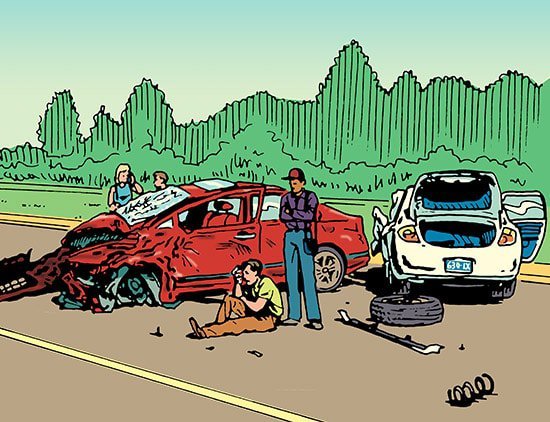
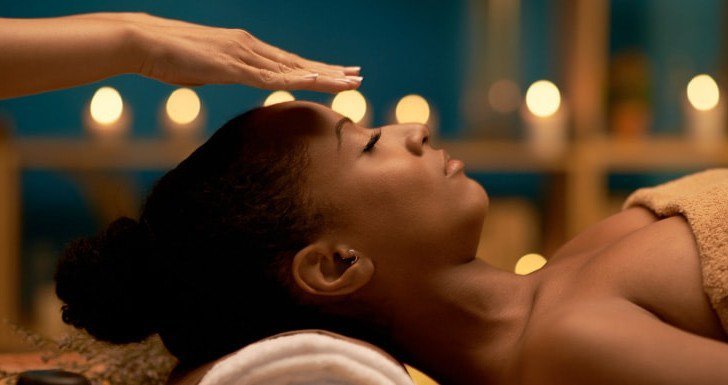
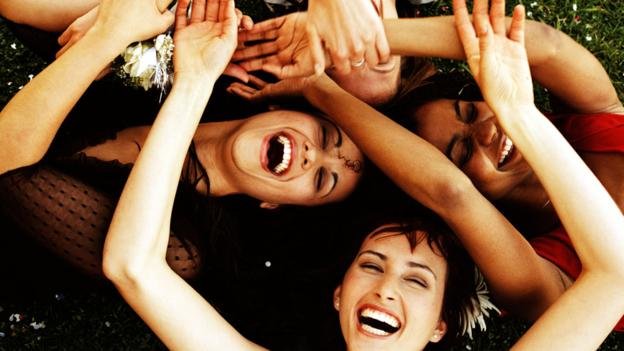
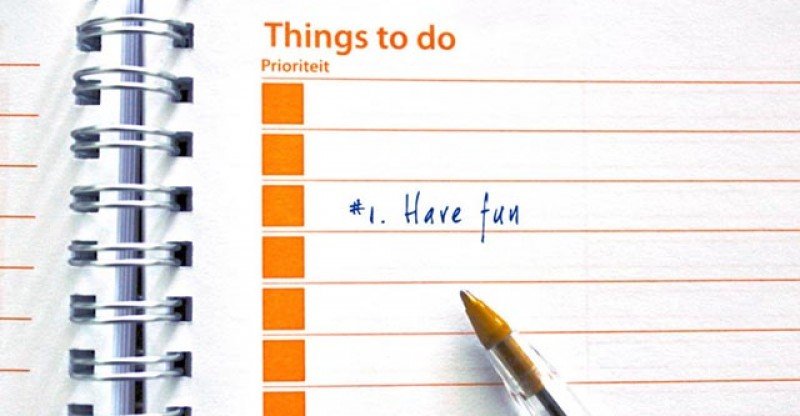
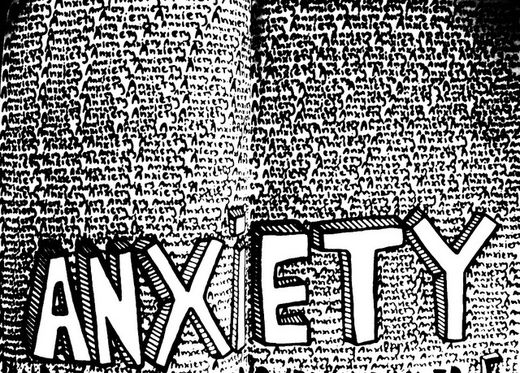

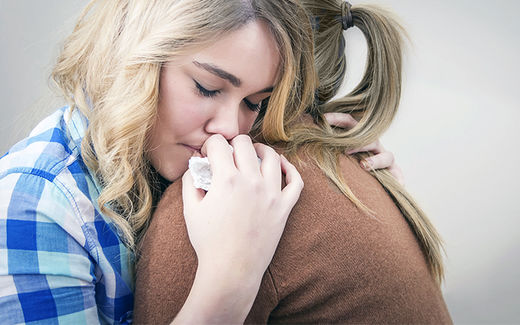
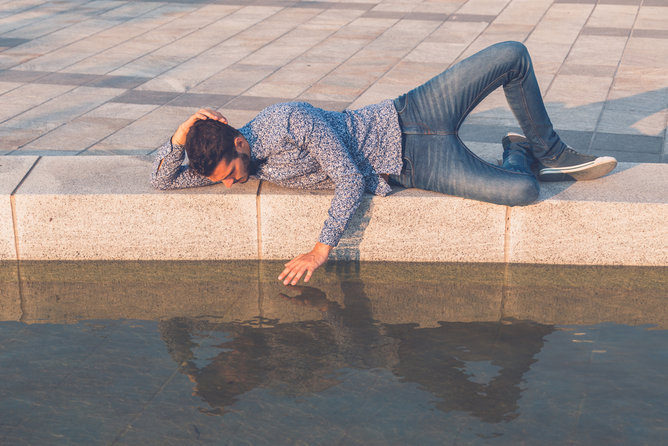
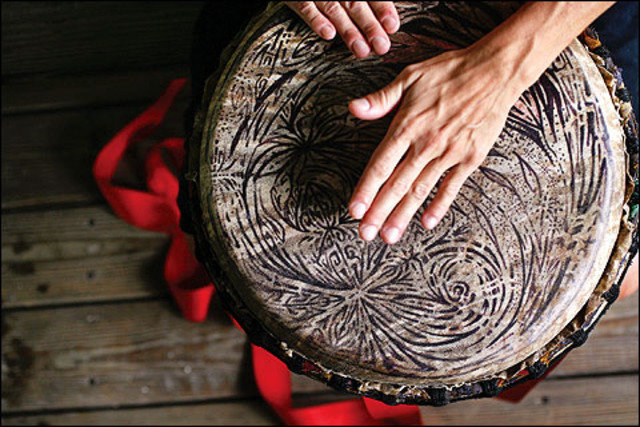
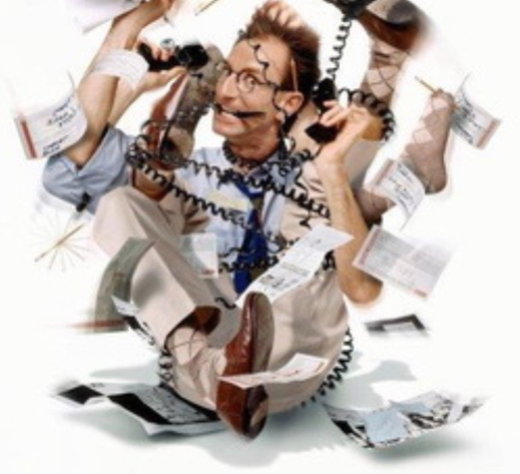



Comment: For more about Situational Awareness: